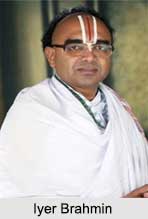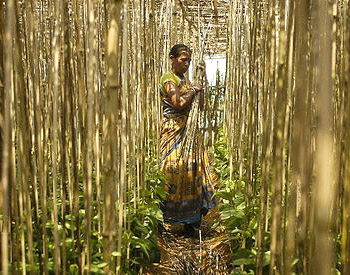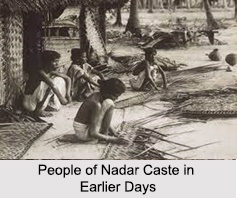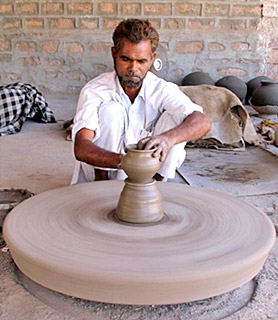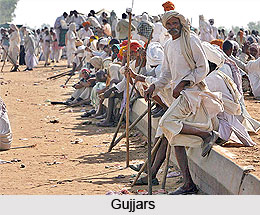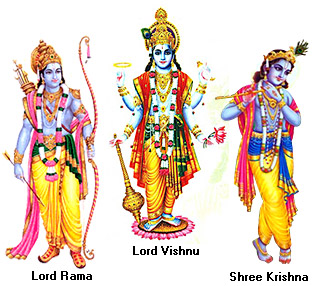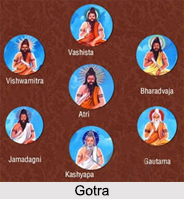Auspicious Power Places on the Plot
The places where good effects of the falling sun rays are observed are as follows 1) Ish 2) Agni 3) Surya 4) Som 5) Bramha etc. No construction should be done on these spots. These places receive the auspicious sun-rays. People derive lots of benefits from them. If toilets, septic tanks, garages, store rooms etc. are built on these spots it gives bad results.
Inauspicious Power Places on the Plot
At some places people do not get good results of the falling sun-rays. They are 1) Yama 2) Pitar 3) Dwarpal 4) Asur 5) Pap 6) Rog etc. No construction of any kind at these places should be done. But it should also not be kept vacant. Very tall trees should be planted in these areas. At the corners of Pitar and Dwarpal, lumber-room should be built. It will hold the balance and good results will be obtained.
In conclusion it can be said that, the south- west side of the plot should be raised or made heavy. People can also do this by planting tall trees or raising the height of the wall compound. People can derive many benefits. At the Pap and Rog places motor garage or servants quarters could be built. The main gate of the house should not be in Asur place. Heavy and tall trees should be planted at this place.
This article is a stub. You can enrich by adding more information to it. Send your Write Up to content@indianetzone.com










